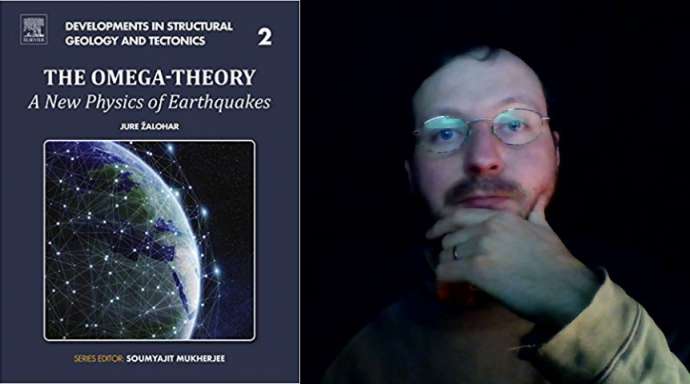STA, 5 April 2019 - Physicist Jure Žalohar has combined a number of seismic studies to come up with a new way to potentially predict earthquakes in the future. His theory suggests earthquakes are not coincidental but are caused by synchronised processes in the Earth's crust.
Žalohar's theory was introduced in his book The Omega-Theory: A New Physics of Earthquakes, which was released in May 2018.
It is based on a number of studies conducted by seismology, geophysics, and maths experts in the past two decades and could prove effective if put into practice through an IT system.
Seismology or the study of earthquakes tried to forecast earthquakes in the 20th century by taking into account various precursors, such as animal behaviour, regional transformations of topography, changes in the speed of primary and secondary seismic waves, or radon gas emissions.
These efforts were only partially successful, with many studies focusing on possible causes for earthquakes, but none of them coming up with the exact way of predicting them.
In 1997, journal Science published an article saying that earthquakes could not be forecast. The bold claim did not discourage scientists from continuing their research.
They succeeded in developing two theories; the theory of the Earth's tectonic plate movement and the theory of the epicentre mechanism. The majority of earthquakes occur at or near the boundaries between tectonic plates.
Žalohar's Omega theory, which could be described as a rotation theory of earthquakes, is based on the already established phenomenon of the plates' splits tending to be parallel and intersecting.
According to Žalohar, the plates are "enormous omega cells", experiencing earthquake sequences stemming from parallel splits, with the famous golden ratio determining the number of those splits. Earthquakes are thus connected between themselves and affected by the Earth's rotation.
The Omega theory suggests that earth tremors are not coincidental but a result of "highly synchronised processes" in the Earth's crust, which indicates they could be predicted.
The software programme T-Tecto was created on the basis of the theory, currently providing only one model of earthquake forecasting which includes a 64-day prediction.
An IT centre that could build on that and further develop the method would require additional funding and special training for monitoring personnel, said Žalohar.
The ability to forecast earthquakes would also entail potential ethical issues in case it was not confined to authorised organisations.
All our stories about earthwuakes and Slovenia can be found here






